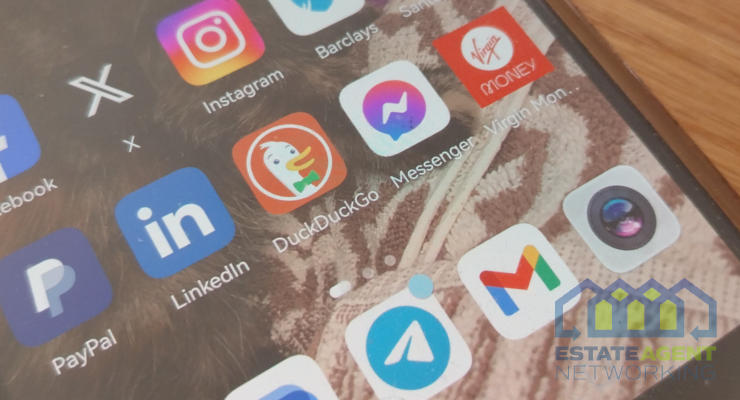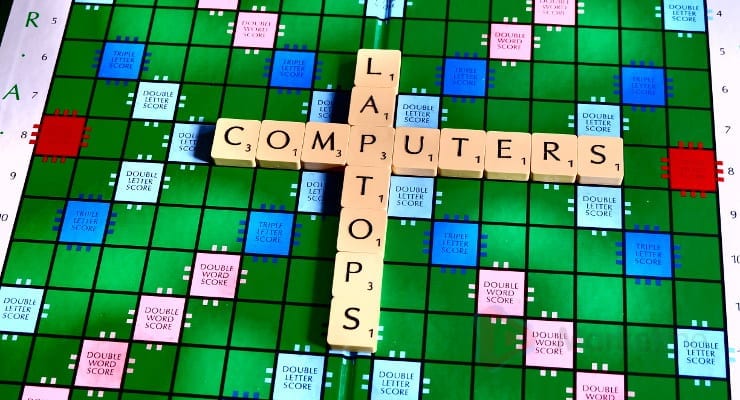The Architecture Of Attention Behind Social Media Addiction
In the digital age, social media platforms have revolutionized how we connect, share, and consume information. Behind their sleek interfaces lies a sophisticated architecture of persuasive technology.
These platforms employ intricate design patterns and technical elements to capture and hold user attention. From subtle visual cues to complex algorithmic systems, every feature serves a calculated purpose in maximizing engagement.
The psychological impact of these design choices extends far beyond simple user interaction. As social media becomes increasingly integrated into daily life, it is important to understand its technicality and how platforms transform casual browsing into compulsive behavior. Let us do this through this article.
The Science Of Digital Design
Every tap, scroll, and notification in social media apps results from careful engineering decisions to maximize user engagement. Behind these simple interfaces lies complex psychology.
Social platforms utilize color theory and visual hierarchy to guide user attention, states 618 Media. Bright reds for notifications and strategic placement of interaction buttons create an environment primed for engagement.
The infinite scroll feature represents one of the most powerful tools in social media’s psychological weapons. By eliminating natural stopping points, platforms remove decision-making moments that might prompt users to exit.
According to Appcues, this endless content stream copies slot machine mechanics, creating what psychologists call a variable reward schedule. Users scroll continuously, expecting the next dopamine hit from engaging content.
Pull-to-refresh mechanisms add another layer of addictive behavior as per Freedom and Safety. This simple gesture mimics gambling’s lever pull, delivering random rewards that keep users returning for more potential discoveries.
Building Digital Dependencies
Modern social platforms have mastered the art of interruption through strategic notification systems. These alerts serve as digital breadcrumbs, leading users back to apps throughout their day.
Push notifications employ carefully crafted language patterns to trigger emotional responses. Terms like ‘Don’t miss out’ or ‘See who liked your post’ target basic human desires for connection and validation.
As per TruLaw, this digital dependency has led to mental health problems, especially among younger demographics globally. Body image issues, self-esteem issues, and exposure to sexual content are some of the serious concerns being raised by the public.
The timing of these notifications isn’t random. Platforms analyze user behavior patterns to identify key moments for engagement, creating personalized interruption schedules.
Social media apps purposely delay some notifications to create artificial peaks in user interest. This technique prevents notification fatigue while maintaining regular user engagement.
Data-Driven Design
According to Locowise, behind every feature lies extensive A/B testing and user behavior analysis. Platforms continuously refine their interfaces based on massive amounts of interaction data.
The recent Instagram lawsuit revealed how the platform’s technical architecture triggers comparison and anxiety among young users. These design choices extend to content presentation algorithms.
Feed systems learn to prioritize posts that spark strong emotional reactions, regardless of their impact on user well-being. The ‘ghost score’ system, used by various platforms, tracks user behavior patterns to predict engagement likelihood.
This score influences content visibility and notification frequency. Technical systems monitor time spent, scroll depth, and interaction patterns to create detailed user engagement profiles. This data shapes future design decisions and feature implementations.
Attention Economy’s Technical Foundation
Social platforms implement sophisticated session management techniques. Features like auto-playing videos and suggested content chains aim to extend user sessions gradually.
The implementation of stories and short-form video features creates rapid-fire dopamine loops, as per Forbes. Quick, engaging content pieces keep users cycling through the material without natural breaks.
Platform algorithms track and exploit social validation metrics. Like counts, comment numbers, and share statistics become powerful tools for driving continued engagement.
Cross-platform integration techniques ensure users remain connected across multiple services. This technical interconnection creates broader engagement webs that are harder to escape.
The Future Of Social Media Design
As awareness grows about social media’s psychological impact, platform designers face pressure to reimagine their technical architecture. User well-being increasingly contributes to development decisions.
New frameworks for ethical UX design emerge regularly. These guidelines encourage developers to consider long-term user health alongside traditional engagement metrics.
The rise of digital wellness analytics creates opportunities for a more balanced platform design. Technical solutions can help users maintain healthier relationships with social media. Future social platforms may incorporate more user-controlled features.
Customizable interfaces and engagement limits could become standard technical specifications. The challenge lies in balancing user engagement with ethical design principles.
Frequently Asked Questions (FAQs)
How does social media design contribute to addiction?
Social media platforms use algorithms designed to maximize engagement by delivering personalized content. By doing that, they often exploit psychological triggers like fear of missing out (FOMO) and instant pleasure. Features like infinite scrolling, notifications, and rewards through likes and comments create addictive feedback loops, increasing screen time and reducing user autonomy.
Are there cybersecurity risks associated with social media addiction?
Yes, social media addiction increases exposure to cybersecurity threats like phishing scams, malware, and account hacking. Users who spend excessive time online may be less cautious about sharing personal information or clicking on suspicious links. This makes them more vulnerable to identity theft or privacy breaches.
How does social media addiction affect internet infrastructure?
Social media addiction contributes to higher internet bandwidth consumption, especially with features like video autoplay and live streaming. This places a strain on global internet infrastructure, increasing energy consumption and server loads. Such impacts raise concerns about the sustainability of digital platforms as social media usage continues to grow.
Technical innovations must address both business needs and user well-being concerns. Small changes in platform architecture can significantly impact user behavior. Future developments may focus on promoting meaningful interactions over quantity-based metrics.
Social media’s technical evolution continues to shape human behavior and attention patterns. Understanding these mechanisms represents the first step toward healthier digital experiences. The technology industry’s growing focus on digital wellness suggests positive changes ahead.
However, meaningful reform requires continued study of platform design choices. Creating more conscious social media platforms demands collective effort from developers, designers, and users alike. Technical solutions must evolve to prioritize human well-being.









